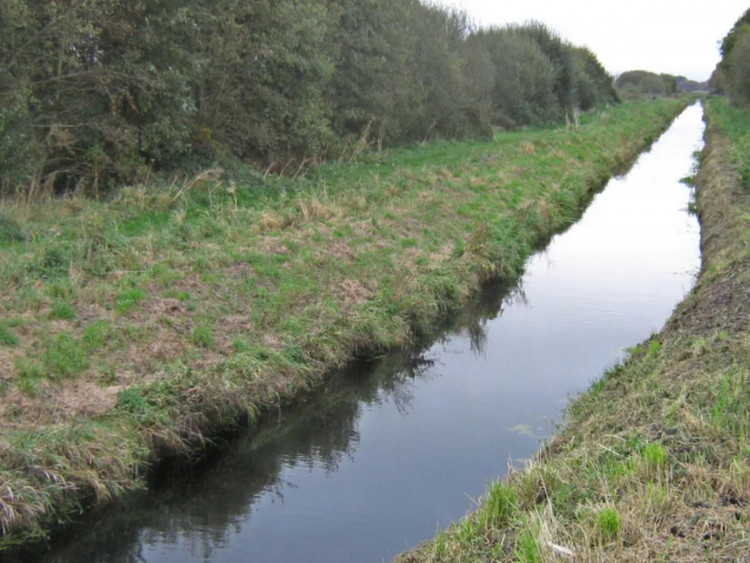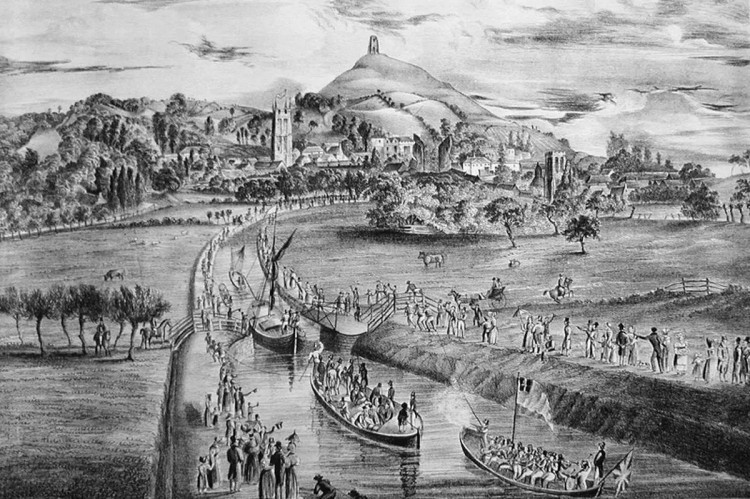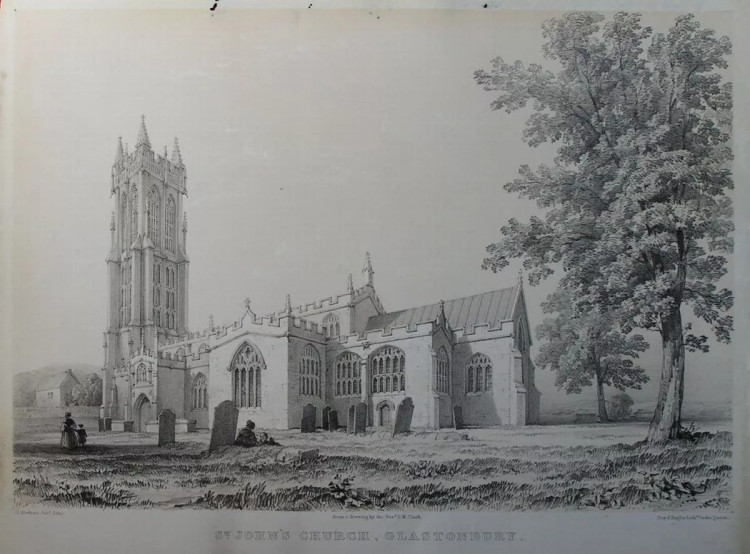The Glastonbury Canal: Somerset's ill-fated waterway
By Laura Linham 20th Aug 2024
By Laura Linham 20th Aug 2024

The Glastonbury Canal, now a mere footnote in the history of Somerset, once promised prosperity but instead became a tale of scandal, fraud, and tragic ends.
Abandoned in 1936, this waterway's story begins with the monks of Glastonbury Abbey, who first utilised the shallow rivers and rhynes to transport goods. After the abbey's dissolution, the town saw fluctuating fortunes, thriving briefly on wool, cloth, and silk trades, and later as a spa town with the promotion of the Chalice Well's healing waters.
As spa popularity waned, the town's entrepreneurs, hungry for prosperity, eyed a more modern solution: a canal. The primary motivation was to ease the transport of coal and goods, bypassing the costly toll roads. In 1794, flooding in the Brue valley sparked the 1801 Brue Drainage Act, paving the way for new water channels and, eventually, the canal.

The canal scheme was the brainchild of Richard Prat, a young Glastonbury lawyer and town clerk, and his brother Samuel.
They envisioned a canal stretching from Highbridge to Glastonbury, a vision bolstered by Richard Hammett of Street, who surveyed the route. With parliamentary approval in 1827 and a budget of £10,000, the project commenced, full of optimism.
However, the canal's construction was marred by inaccuracies in surveys and escalating costs. Renowned canal experts John Beauchamp and John Rennie were consulted, with the final cost soaring to £27,720.
Despite these setbacks, the canal opened in August 1833 with grand celebrations, led by the barge Goodland amidst a flotilla of crafts, music, and jubilant crowds.

Yet, just days later, a celebratory yacht, St Vincent, suffered a leak, foreshadowing the canal's troubled future.
The route began at a lock on the River Brue, passing through Cripps Bridge and following the Cripps River to Gold Corner. It then ran parallel to the enlarged South Drain, with a railway line nearby. Notable structures like the three-arched aqueduct over the River Brue still stand as silent witnesses to this era.
Initially, the canal operated successfully for about five years. However, issues soon arose. Water levels proved challenging to maintain, and the canal's foundation began to shift due to the saturated peat beneath. The advent of railways further sealed the canal's fate, with the Glastonbury Canal eventually sold to the Bristol and Exeter Railway for £7,000.

The canal's decline was compounded by scandal. The Prat brothers, instrumental in its inception, vanished in 1840, leaving a staggering debt of nearly £50,000. Their fraudulent practices plunged the town into financial turmoil. The most poignant casualty of this scandal was John Bulleid, a local linen draper and church warden, who, burdened by financial obligations linked to the Prats, tragically ended his life by leaping from St John's Church tower.
The canal ceased operations in July 1854, and its final section at Highbridge was abandoned in 1936. Today, remnants of the canal linger in old masonry, but its basin in Glastonbury and the sea lock at Highbridge have vanished, just like the railway track that once followed its path. The Glastonbury Canal, once a beacon of hope and progress, now remains a sombre chapter in Somerset's history, a reminder of ambition's perilous edge.
CHECK OUT OUR Jobs Section HERE!
glastonbury vacancies updated hourly!
Click here to see more: glastonbury jobs
Share:












